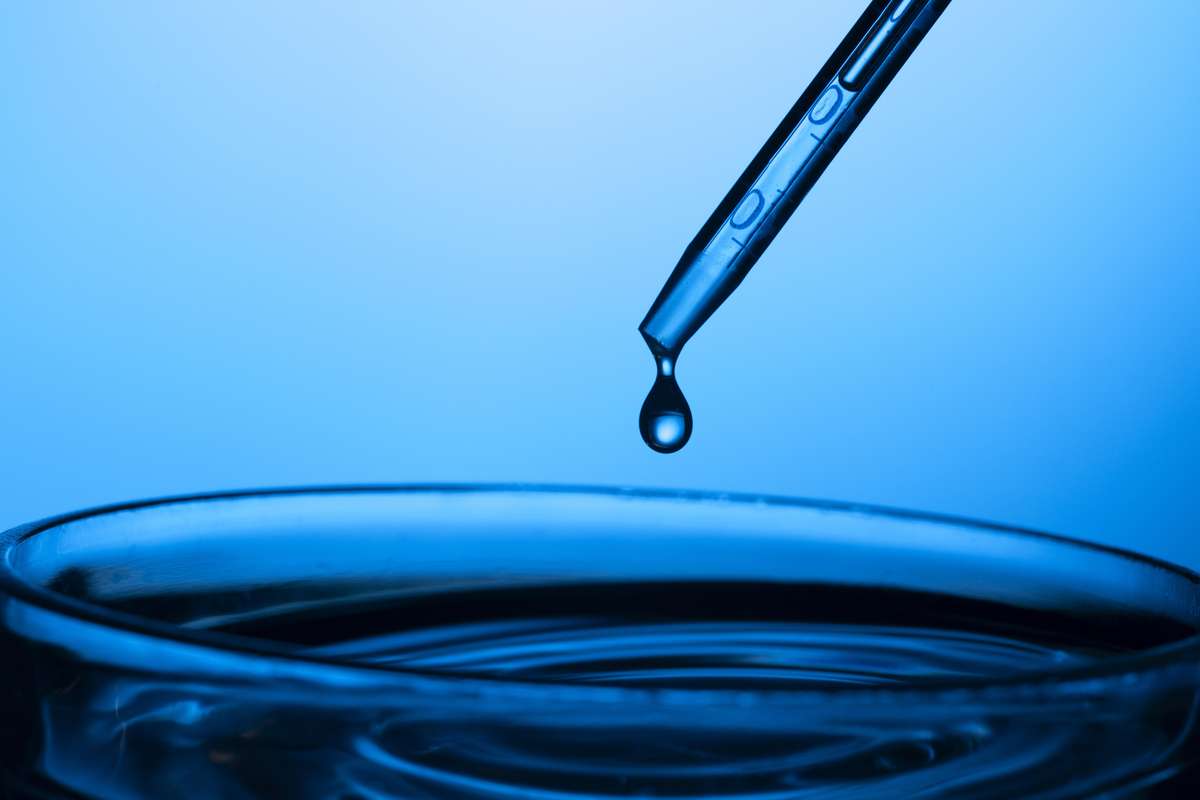
Silidyn® OSA – Connecting the Dots
Understanding Connective Tissue
The connective tissue of the skin is composed mostly of collagen and elastin. Collagen makes up 70-80% of the dry weight of the skin and gives the dermis its mechanical and structural integrity. Elastin is a minor component of the dermis that provides elasticity to the skin. During aging, the synthesis of collagen gradually declines, and the skin thus becomes thinner in protected skin, especially after the seventh decade.
Several factors contribute to the aging of the skin.
- Genetic disorders. In some conditions collagen or elastin are deficient, leading to accelerated aging.
- Solar irradiation, especially ultraviolet radiation induces an accumulation of abnormal elastotic material.
- An intact connective tissue is essential for a younger look of the skin. Losing connective tissue can lead to other signs of aging in different body parts.
A loss of connective tissue can impact the overall health of our skin, hair, nails, bones, and joints. Connective tissue is composed of cells that produce collagen and elastin.
Collagen fibers consist mainly of three amino acids:
- Proline
- Hydroxyproline
- Glycine
Silicon is a binding essential element of this connective tissue. Silicon is an essential element that strengthens the collagen fibers and creates a stronger connective tissue.
Silicon production slowly declines during the course of our lives. Silicon levels in the blood start to decline around the age of 30.
Include foods that are rich in silicon to your diet, such as whole grains (oats, barley, brown rice), fruits (apples, oranges, grapes), vegetables (leafy greens, broccoli, cucumbers), and nuts (almonds, walnuts). Silicon is also present in drinking water, especially if it is derived from natural sources like mineral water or well water. Consuming a varied and balanced diet as well as drinking an appropriate amount of water can contribute to your silicon intake.
Ortho Silicic Acid
Orthosilicic acid is a chemical compound with formula Si(OH)4.
Orthosilicic Acid (OSA) is a bioavailable source of Silicium but has chemical stability problems. OSA tends to polymerize in solutions creating long polimeric chains compromising the bioavailability.
Stabilizing OSA
Stabilized Orthosilicic acid is most bioavailable form of Orthosilicic acid for human consumption.
Curesupport’s innovation team use a most stable, bioavailable form of Orthosilicic acid in a unique technology. Our OSA made using a mixture of glycerol and choline chloride. This help OSA to form most stable and bioavailable solution compared to ordinary OSA solution.
Silicon plays a crucial role in the cross-linking of collagen, providing a stronger connective tissue. Several clinical trials had shown that Silicon concentrations are close related to prolyl hydroxylase activity a crucial enzyme for Collagen Synthesis.
Remember, maintaining a balanced and varied diet, along with a healthy lifestyle, is key to overall well-being. Food supplements are not a substitute to varied diet. If you have specific concerns or conditions, it's always best to consult with a healthcare professional for personalized advice.
References:
- R.R. Wicket, E. Kossman, A. Barel, N. Demeester, P. Clarys, D. Vanden Berghe, M. Calomme; Effect of oral intake of choline-stabilized Orthosilicic acid on hair tensile strength and morphology in women with fine hair; Arch Dermatol Res (2007) 299; 499-505
- A. Barel, M. Calomme, A. Timchenko, K. De. Paepe, N. Demeester, V. Rogiers, P. Clarys, D. Vanden Berghe; Effect of oral intake of choline-stabilized Orthosilicic Acid on skin, nails, and hair in women with photodamaged skin; Arch Dermatol Res (2005) 297: 147-153
- L.M. Jurkic, I. Cepanec, S.K. Pavelic, K. Pavelic; Biological and therapeutic effects of Orthosilicic Acid and some Orthosilicic acid releasing compounds: New Perspectives for Therapy; Nutrition & Metabolism 2013:10:2
- H. Chi, M. Kong, G. Jiao, W. Wu, H. Zhou, L. Chen, Y. Qiao, H. Wang, W. Ma, Y. Chen; The role of Orthosilicic Acid induced autophagy on promoting differentiation and mineralization of osteoblastic cells; Journal of Biomaterials Applications; 2019, Vol. 34 (1) 94-103
- E. Bisse, T. Epting, A. Beil, G. Lindinger, H. Lang, H. Wieland; Reference Values for serum silicon in adults.